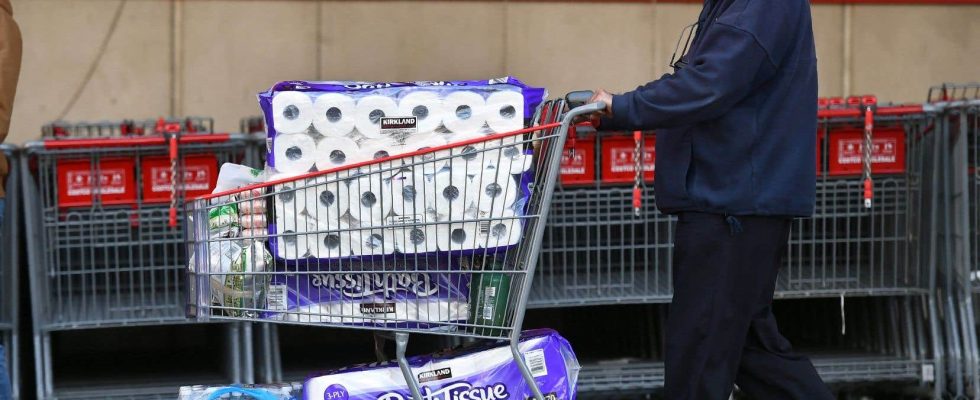As we increasingly experience the effects of climate change, and in light of growing global tensions, a question may arise: do films play a role in our behavior towards disasters?
In disaster films, we often try to convey the image of the primal human who will do anything to survive. These films frequently follow the adventures of a person trying to find or save their family or of a small ordinary group fighting for their own survival in a chaotic environment. These characteristics meet the sensationalist needs of Hollywood and allow us to project ourselves onto a handful of protagonists overwhelmed by the situation, which feeds our inner desire to be heroes.
It is possible that these films and other forms of media entertainment have a profound influence on our perception and behavior, particularly in crisis situations arising from natural and man-made disasters. Being exposed to recurring representations of panic and individualism could influence our reactions in reality.
In many disaster films, we see scenarios where society rapidly disintegrates, panic takes over, and individuals fight for their own survival at the expense of others. They often embody a culture of fear and distrust, where mutual assistance is rare and competition for resources becomes fierce. This tendency to portray exaggerated individualism as the norm in crisis situations could reinforce selfish attitudes and isolation in real life.
We saw small-scale examples of this during the COVID-19 pandemic, where panic led to irrational behavior such as overstocking toilet paper, creating artificial shortages. Such examples can also be noted before a storm: gasoline, bottled water and food then become contested resources capable of creating tension.
This survival reflex which pushes us to stockpile essential goods is understandable and has even been studied. It denotes a blatant lack of confidence in the distribution networks, perceived here as fragile, as well as a desire not to sacrifice comfort. However, this behavior also shows a lack of preparation on the part of the population, who will mostly wait until the last minute to put together a first aid kit and establish an emergency plan.
Without entirely blaming entertainment companies, I think social awareness is needed so that these behaviors can be avoided rather than adopted by default. By creating content that highlights mutual aid, cooperation and community resilience in crisis situations, we could inspire a change in the way individuals respond and prepare for such situations.
We could more often follow protagonists coordinating local initiatives, or accompany members of civil security as well as community and humanitarian organizations in order to highlight their positive actions during crises.
This type of content could not only provide positive models of behavior to follow, but also strengthen our sense of collective responsibility and our ability to face challenges together. By choosing to highlight values such as compassion and collaboration as well as community and individual preparedness, we could help forge a future where solidarity prevails over fear and where mutual aid is our instinctive response to adversity.
It appears essential to question our perception of risks and collective responsibility. This involves promoting a culture of preparedness, prevention and solidarity within our societies, where everyone proactively contributes to the protection and resilience of the community as a whole. By challenging our traditional and individualistic perceptions, we can develop more effective strategies to deal with the complex and interconnected challenges posed by disasters.
